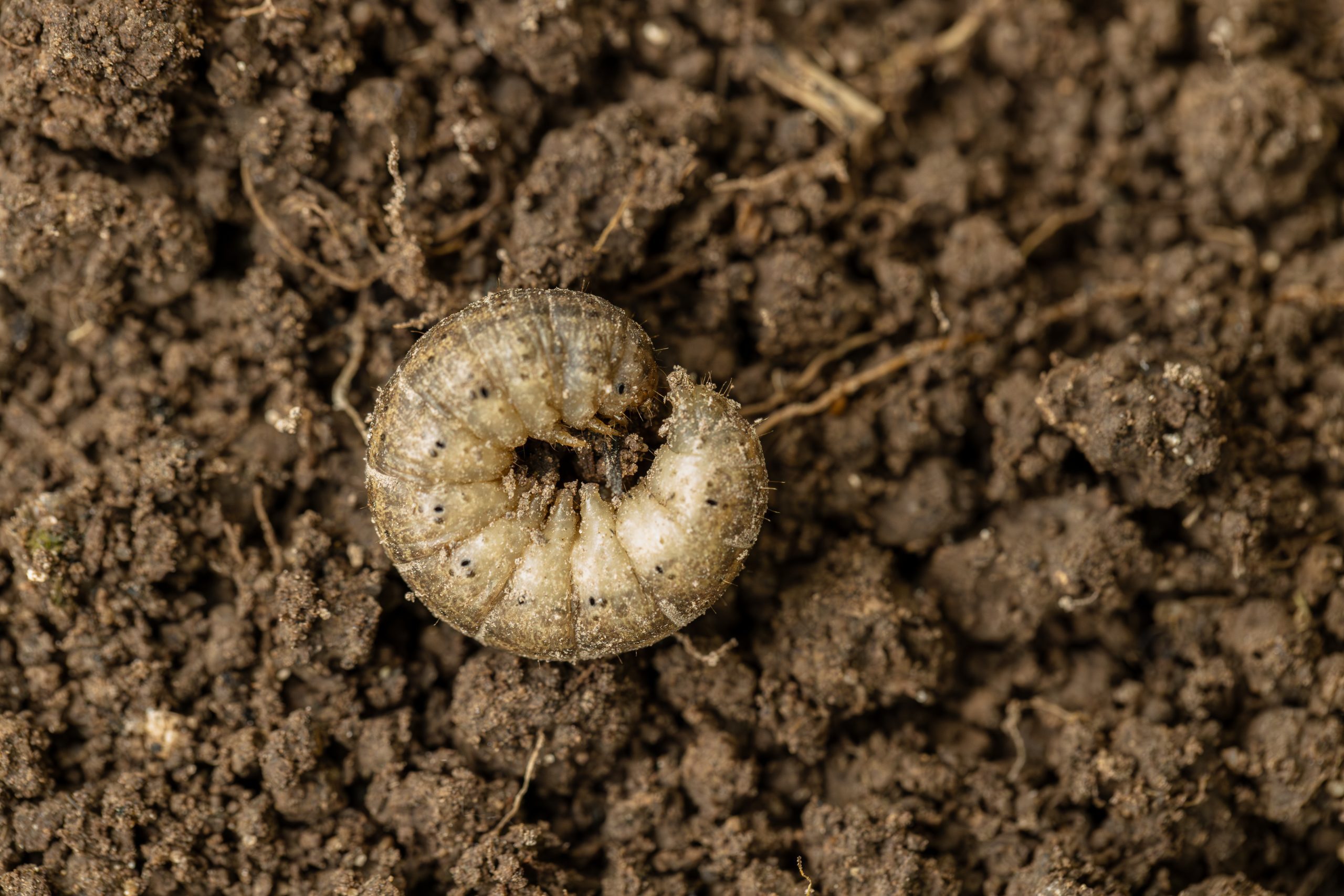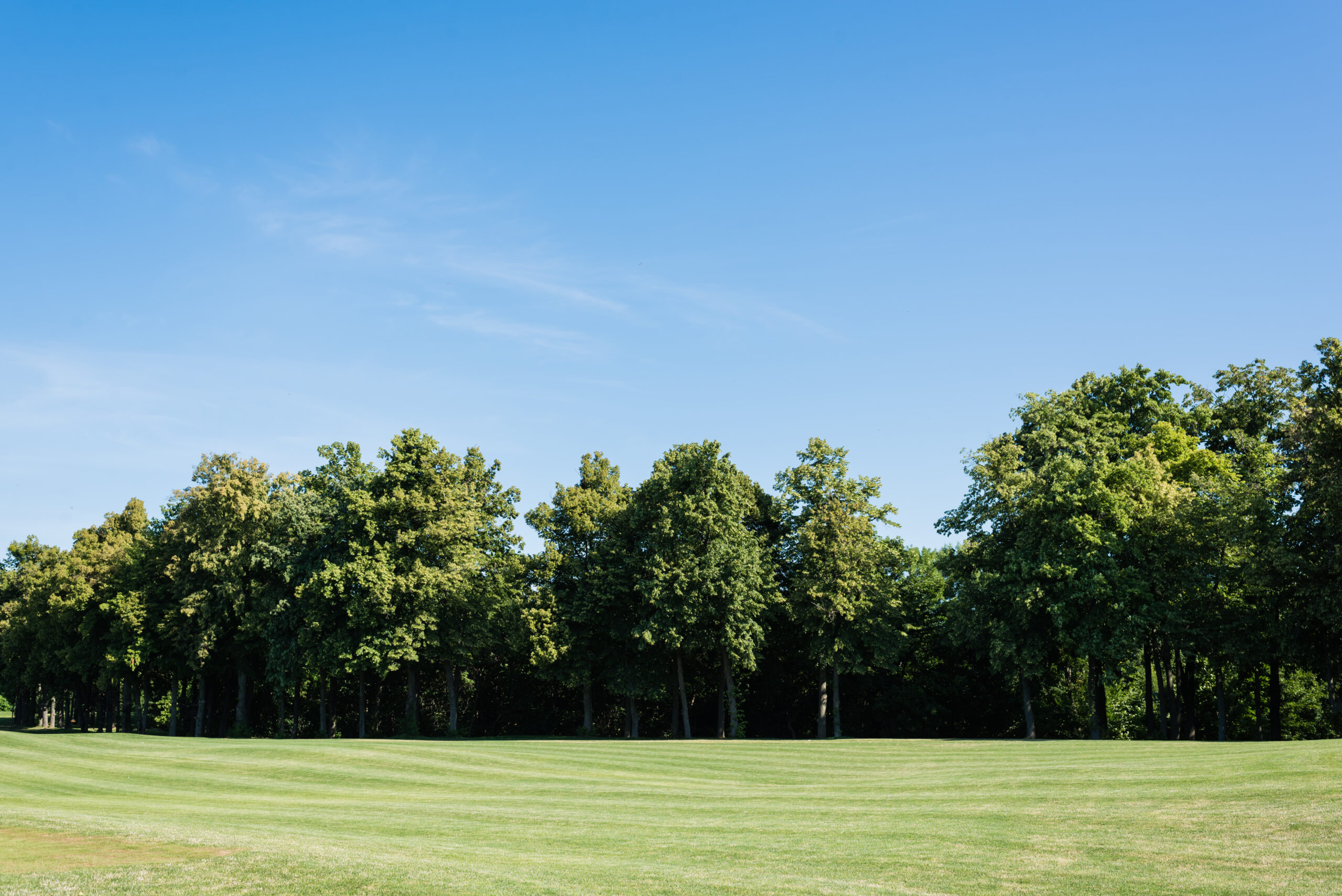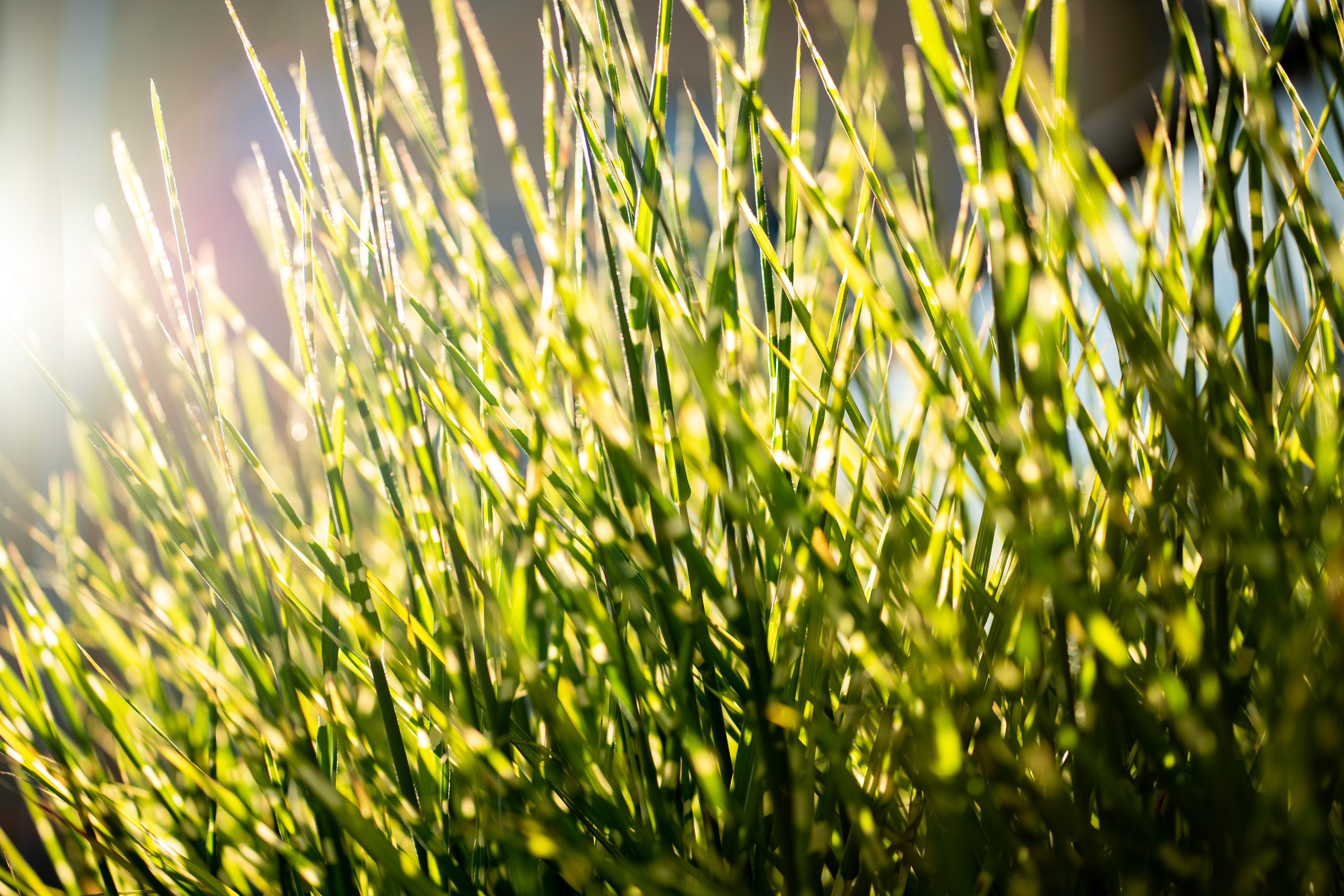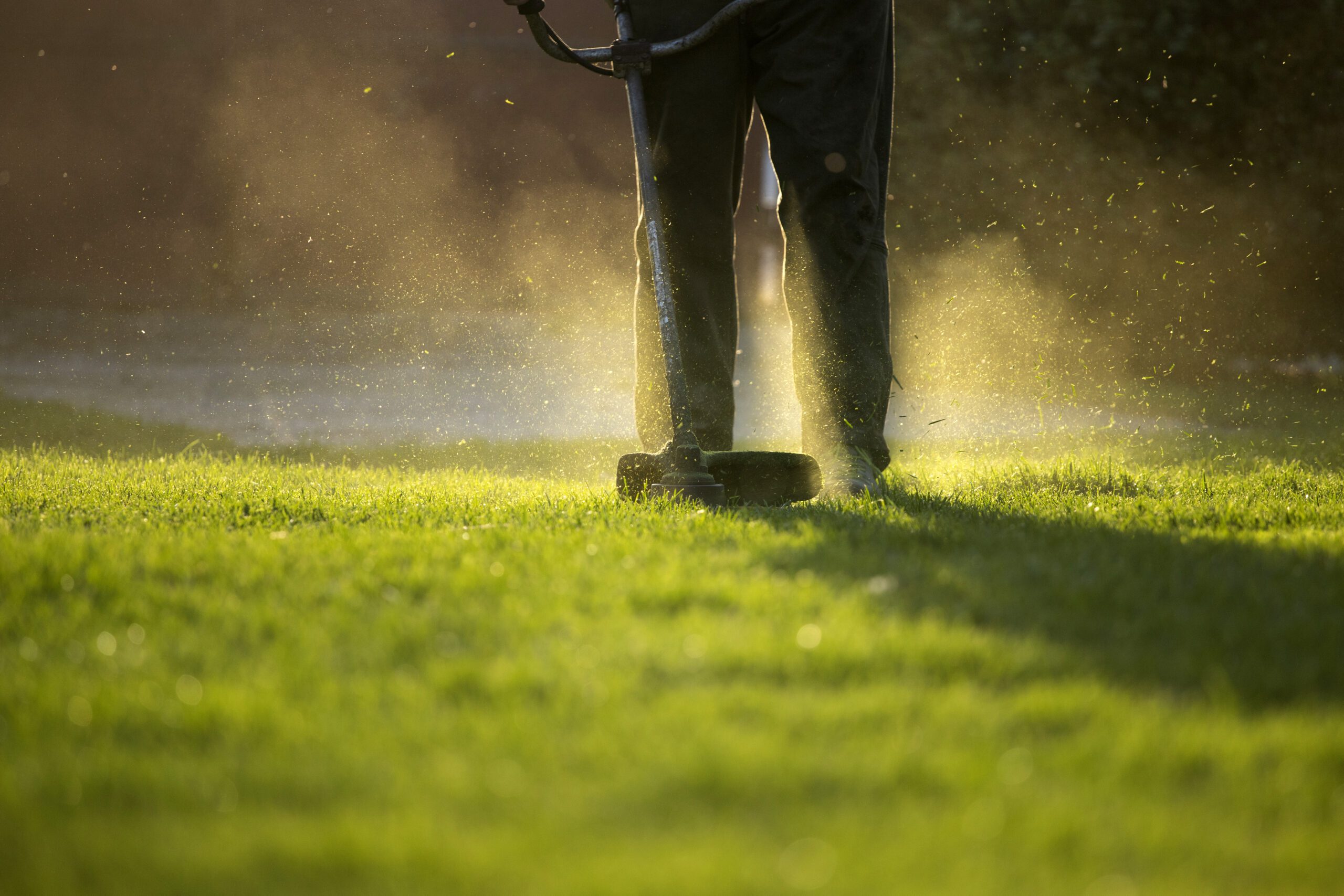If you’re searching for grub control in Grand Ledge, you may already be seeing signs of damage. These tiny pests can do big harm—chewing through grassroots, creating brown patches, and attracting animals like skunks and raccoons.
Fortunately, catching grub problems early makes all the difference. Below, we’ll show you how to identify a grub infestation and what to do about it before it gets out of hand.
What Are Lawn Grubs?
Grubs are the larval stage of beetles—commonly Japanese beetles, June bugs, or European chafers. They live just below the soil surface and feed on your lawn’s root system. As a result, your grass starts to wilt, turn brown, and lift up like loose carpet.
Signs You Have a Grub Problem
Early detection is key. While some lawn damage may be mistaken for drought or fungus, grub damage has some telltale signs:
- Brown patches that expand and don’t recover with watering
- Grass pulls up easily like sod, revealing white, C-shaped larvae underneath
- Increased animal activity (skunks or birds digging in the lawn)
If you see more than 5–10 grubs per square foot, it’s time to act quickly.
When Are Grubs Most Active in Grand Ledge?
In Michigan, grubs are typically most active in late summer and early fall, when they are feeding heavily before winter. However, spring is also a good time to catch any overwintered larvae before they cause further damage.
How to Get Rid of Lawn Grubs Naturally
Many Grand Ledge homeowners prefer eco-friendly pest control. If that’s you, here are some natural approaches:
- Beneficial Nematodes: These microscopic organisms hunt and destroy grubs without harming earthworms or pets.
- Milky Spore: A natural bacterium that targets Japanese beetle grubs over time.
- Keep Your Lawn Healthy: A thick lawn with deep roots is more resistant to grub damage in the first place.
When to Use Traditional Treatments
In cases of severe infestation, natural methods might not act fast enough. A chemical grub control treatment may be necessary. Choose a product with chlorantraniliprole or imidacloprid for effective results. Always follow label directions and apply during peak grub activity for best control.
Prevent Grubs Before They Start
It’s easier to prevent grub damage than to repair it. That’s why we recommend:
- Aerating and overseeding in fall to strengthen your lawn
- Monitoring in July–September when beetles are laying eggs
- Using preventive grub treatments in mid-summer if you’ve had past infestations
Professional Grub Control in Grand Ledge
Still not sure if your lawn is dealing with grubs? Our team at LawnTech in Grand Ledge can inspect your lawn, identify the problem, and recommend the safest, most effective grub control plan.
Don’t wait until your grass turns brown.
Contact LawnTech today to protect your lawn with proven grub control in Grand Ledge.





